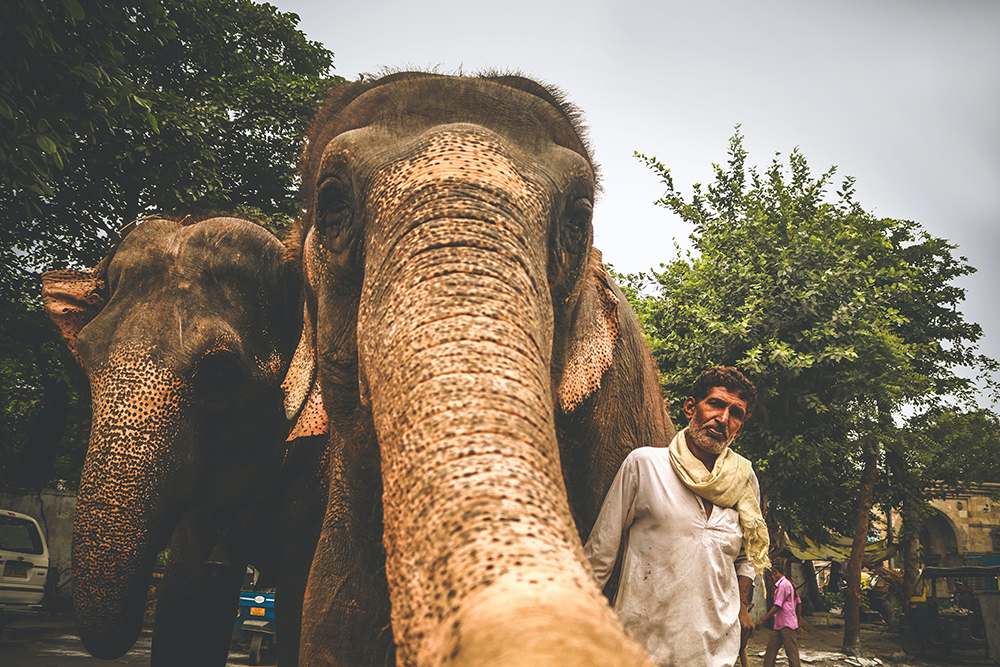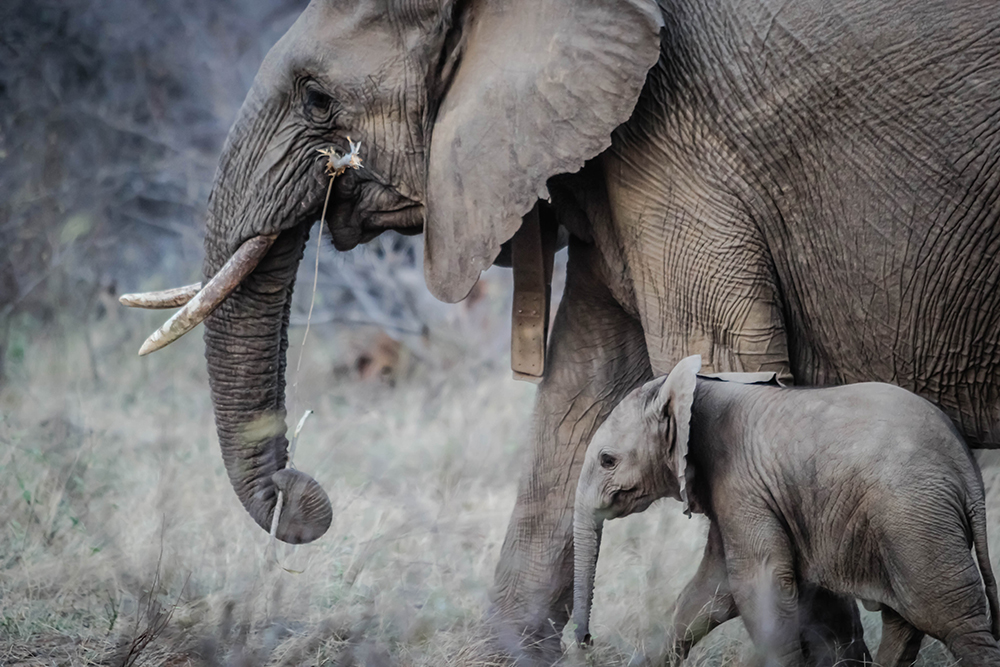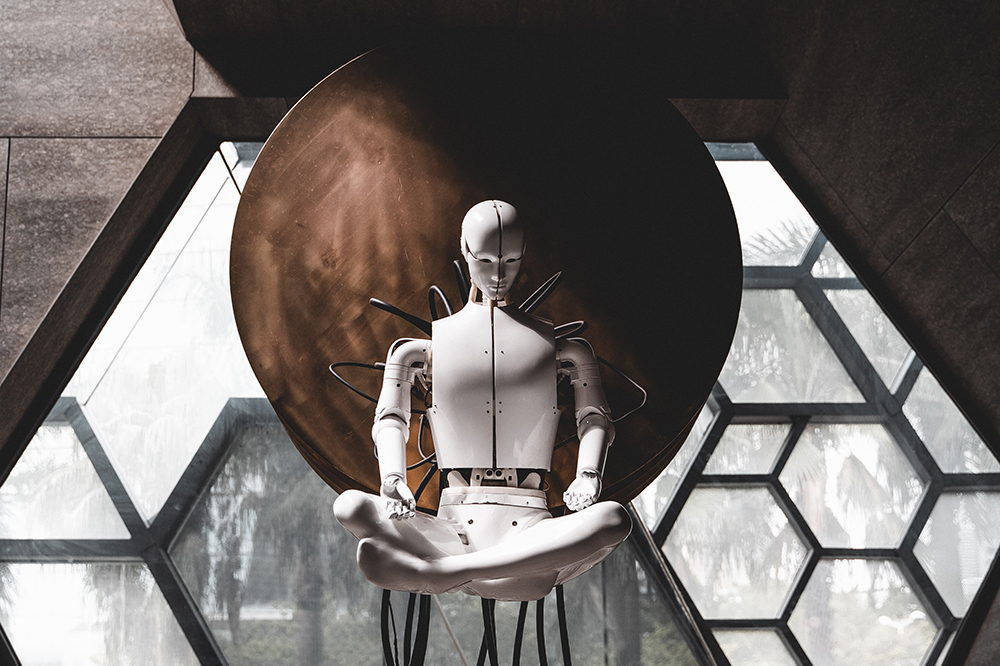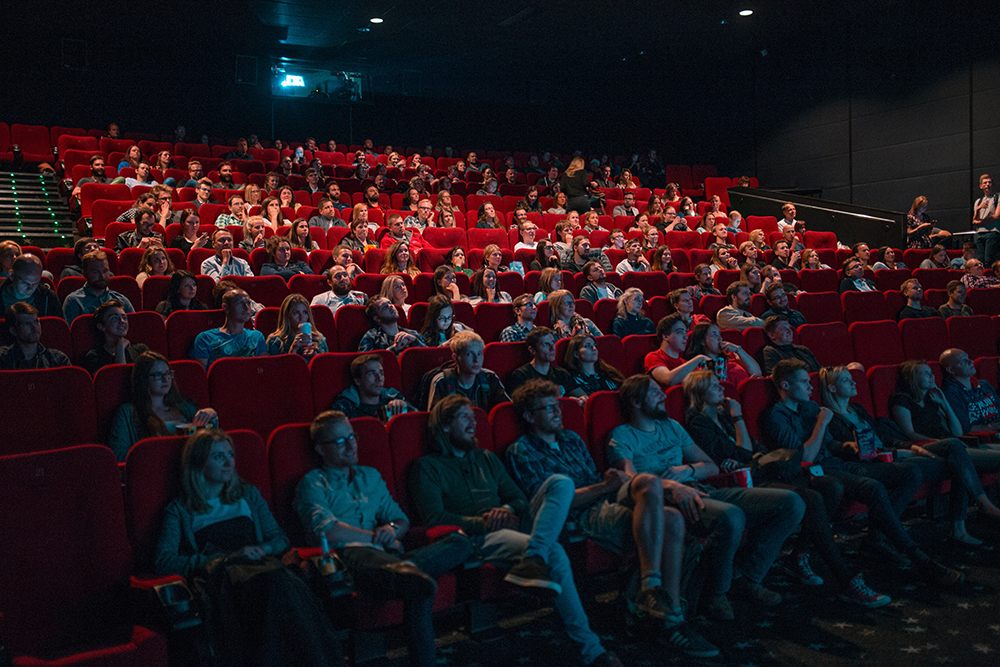Beethoven’s previously unfinished 10th Symphony – in short Beethoven’s Unfinished – has been completed by AI technology. “The work will have its world premiere in Germany next month, 194 years after the composer’s death.” (Classic fm, 28 September 2021) This is what Sophia Alexandra Hall writes on the Classic fm website on 28 September 2021. “The project was started in 2019 by a group made up of music historians, musicologists, composers and computer scientists. Using artificial intelligence meant they were faced with the challenge of ensuring the work remained faithful to Beethoven’s process and vision.” (Classic fm, 28 September 2021) Dr Ahmed Elgammal, professor at the Department of Computer Science, Rutgers University, said that his team “had to use notes and completed compositions from Beethoven’s entire body of work – along with the available sketches from the Tenth Symphony – to create something that Beethoven himself might have written” (Classic fm, 28 September 2021). You can listen to samples here. Whether the German composer would have liked the result, we will unfortunately never know.









